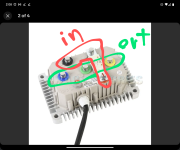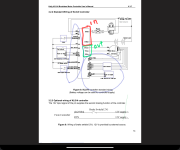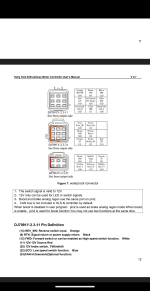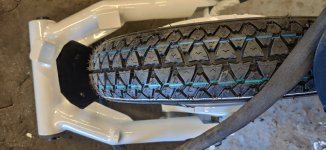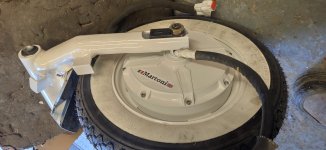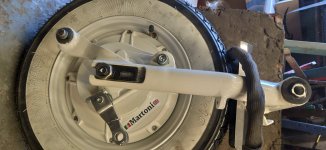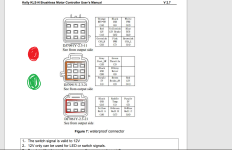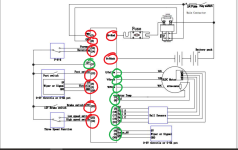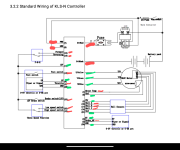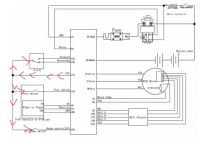hi inanek
and anyone else reading this post,
Happy new year to you all, :wink: :wink:
i have a question to you guys, we are on the way to start wiring in the 2 controllers and the
change over switches 2 x rotary switches for 2 battery system
as the batteries are different ah 55ah and 20ah but the same voltage ( and no they will not be linked in parallel )
2 totally separate systems 2 controllers and 2 batteries, see above posts,
what i need help with is i need to set up and wire in one system first, 55ah battery,
do i need the hub temp sensor,
the problem i have it i have got to swap over input signals and output signals to and from the hub and switches from one controller to the other controller, or maybe there are ones i can keep shared with no ill affects to the isolated controller
i have a load rotary switch in place that
will switch over the output cables from one controller or the othe rone and send down to the hub,
so its all the smaller wires angin i have a 12 pin change over switch for these , ie throttle wires , temp sensor , power input, ground etc, but i am thinking there maybe some wires i dont need and some that would be able to stay linked to each other and not worry about back feeding for its sister controller that can stay shared, by the way which wire /pin is the clutch or brake cut out (both controllers are kelly kls )
this would to save me connecting these to the change over switch, , that can stay shared with no fear of either controller sending signals etc back out to the unused controller ( which will not have any power to it when its not been selected by the main rotary switch,,, i am very so sorry if i have made this sound complicated ,
ps The picture i attached
am i right in reading the current path to this diagram
so the red arrows are the 12v out from the controller to the relevant devices ?
thanks
basically 2 wiring looms 2 controllers i need to switch from one controller to the other including switching all the needed wires .
thank you :thumb:



